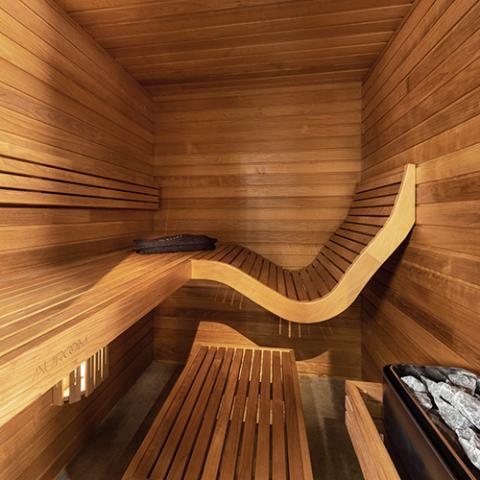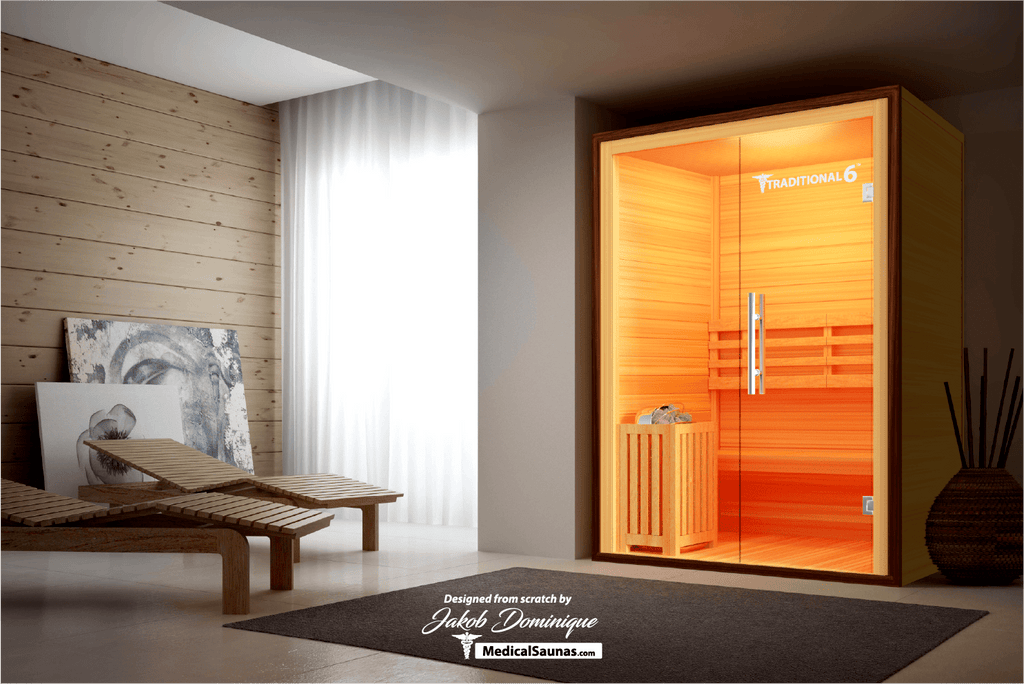Not known Details About Traditional Sauna
Not known Details About Traditional Sauna
Blog Article
The Definitive Guide for Traditional Sauna
Table of ContentsGetting The Traditional Sauna To WorkGetting My Traditional Sauna To WorkSome Ideas on Traditional Sauna You Need To Know10 Easy Facts About Traditional Sauna ExplainedEverything about Traditional Sauna
Most of the weight shed in a sauna is water loss and is re-gained upon rehydrating. Without a doubt sauna can be an important component of a healthy weight loss program. To consider the differences in between traditional and IR saunas, I will certainly divide these into proven, academic, and made distinctions.Therefore, the hottest point in the saunawhich is at the ceiling directly above the sauna heateris generally in between 185 and 190 F. Claims that a traditional sauna surpasses 200 F is simply not real and not appropriate for electrical saunas offered in the US. The temperature for a far-infrared sauna is generally set between 120 and 140 F; nonetheless, unlike the typical sauna, the objective in and IR area is not to achieve a high temperature level.
Due to this, the temperature difference is nearly pointless, because excessive sweating results in both sauna kinds, however the approach of warming the body is different. In an IR sauna the bather will feel hot and will sweat a lot, yet at a lot reduced temperature levels (Traditional Sauna). Hence, if the goal is to spend longer periods of time in the sauna, the IR sauna is a good option
When a traditional sauna has been appropriately heated up, the sauna walls are warm, the air temperature has achieved established temperature and the rocks are very heated. As a fascinating side note, the warmed wall surfaces and the rocks are emitting far-infrared heat, incorporated with the heated air, to develop an "covering warm".
See This Report about Traditional Sauna

When the high temperature level is attained, the components cycle on and off to keep the heat. The majority of conventional sauna users appreciate putting water over the rocks to create heavy steam to increase sauna moisture degrees. The benefits of putting water over the rocks consist of: making the room much more comfy, moistening the nasal flows, and allowing the use of aromatherapy by mixing crucial oils with the water.

When the power goes into the body, it creates the body temperature to raise and inevitably causes perspiration. In an infrared sauna it is necessary for the emitters/heaters to stay on virtually constantly. Since there is no mass of rocks to retain warmth, the sauna will certainly cool down if the emitters closed off.
As pointed out over, the sauna bather in an infrared space intends to position himself in front of operating emitters to obtain optimal gain from the heat. The home heating time for the two areas can be really various, depending upon how the rooms are made use of. For a typical sauna, a bather should enable 30-40 mins for the area to achieve a wanted temperature level and to effectively pre-heat the rocks.
Unknown Facts About Traditional Sauna
A well built sauna will generally achieve a temperature of 150-160 F in regarding 30-40 minutes. For hotter temperatures, the area may need to heat for a longer period. When the room achieves set temperature level, the heater will cycle on and off, generally operating regarding 50% of the moment. The insulated wall surfaces and the heated rocks will certainly keep the room hot and at stable temperature levels.

Conventional saunas tend to be bigger (hence utilize more power) than infrared saunas, although typical saunas are absolutely readily available in one and two person dimensions also. For a two-person standard sauna, 5x6 or 5x7 size is most prominent. The top bench can comfortably seat 2 or three people and is additionally long sufficient to rest throughout the sauna session.
The Traditional Sauna Ideas
The ordinary cost per kWH of electricity in the U.S. is around $0.11, so a 4.5 kW heating unit will cost roughly $.50 to run for one hour, if the heating system runs continuously for one hour. Commonly a sauna heating unit will compete 75% of the very first hour and 50% of succeeding hours on because the aspects cycle once the set temperature is achieved.

There is a rarely reviewed distinction in the social experience visit in between the 2 areas. While our culture has lost a few of the social advantage of the typical sauna experience, it can be really socially rewarding (Traditional Sauna). From family time in the sauna, to heart-felt discussions with loved ones, to sauna partiesthe standard sauna experience can bring about intimate interacting socially
Top Guidelines Of Traditional Sauna
The majority of higher end infrared rooms consist of colored light treatment, noise systems and full-glass fronts.
Report this page